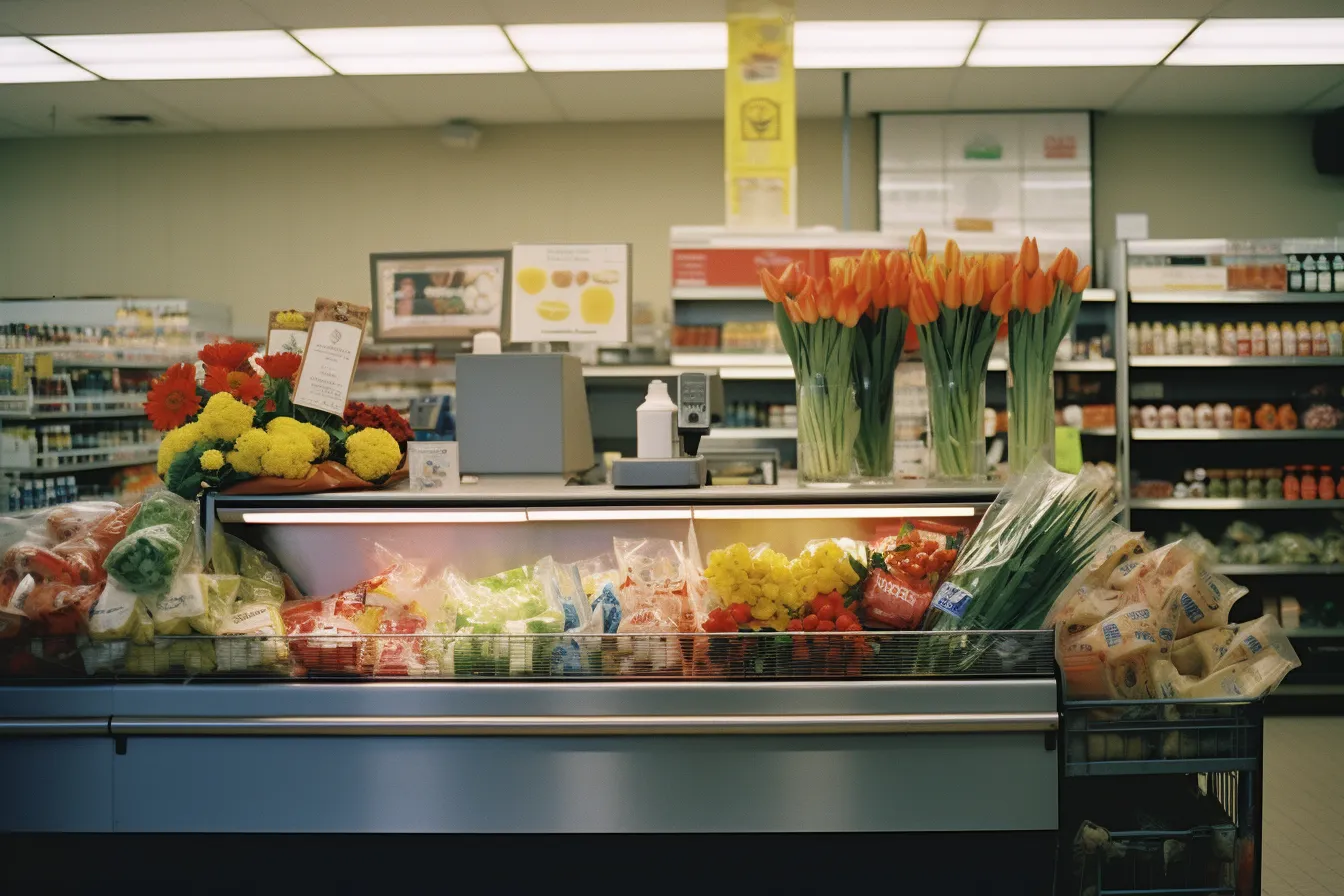Welcome to our in-depth exploration of the evolution of grocery store lighting and how it affects mood and purchases. Over the years, grocery stores have recognized the significant impact lighting has on shoppers’ perceptions, emotions, and buying decisions. In this article, we will delve into the fascinating history of grocery store lighting, highlighting key milestones and discussing the various ways in which lighting design has been strategically employed to enhance the shopping experience. We will also analyze the psychological effects of different lighting techniques and provide actionable tips for optimizing grocery store lighting to improve mood and increase sales.
The Early Days: Dimness and Practicality
In the early days of grocery stores, lighting was primarily functional and often dim. The focus was on providing enough light for customers to navigate the aisles and locate products. Energy-intensive incandescent bulbs were commonly used, casting a warm, inviting glow. However, the dim lighting also had unintended consequences, such as making it difficult for customers to read labels or differentiate between items.
As technology advanced and fluorescent lighting became more affordable, many stores transitioned to these brighter and more energy-efficient lights. This shift to brighter lighting helped improve visibility and made it easier for customers to browse and make purchasing decisions. However, fluorescent lighting can sometimes create a harsh and sterile ambience, which may not be conducive to a positive shopping experience.
The Influence of Color: Creating Atmosphere
One of the most crucial factors in grocery store lighting is the choice of color temperature. Different color temperatures can evoke varying emotional responses and influence customers’ perceptions. Warm lighting with lower color temperatures, such as orange and yellow tones, can create a cozy and inviting atmosphere. In contrast, cooler color temperatures, like blue and white tones, can impart a sense of freshness and cleanliness.
Grocery stores often use warm lighting in areas such as bakery sections and deli counters to create a comfortable and visually appealing environment. Cooler lighting might be employed in produce sections or meat departments to highlight freshness and cleanliness. By strategically utilizing different color temperatures, grocery store owners can set the mood and influence buying behavior.
Spotlights and Accent Lighting: Directing Attention
Innovative lighting techniques, such as spotlights and accent lighting, have gained prominence in modern grocery store design. Spotlights can draw customers’ attention to specific products or promotional displays, effectively guiding their gaze and encouraging exploration. Accent lighting, such as track lighting or narrow-beam spotlights, can highlight particular areas or products, creating a visual hierarchy within the store.
For instance, a grocery store may use spotlights to illuminate a new product or a limited-time offer, making it more visually appealing and increasing its perceived value. By strategically employing spotlights and accent lighting, grocery stores can effectively influence customers’ attention, navigation, and ultimately, purchasing decisions.
Energy Efficiency and Sustainability
In recent years, there has been a growing emphasis on energy efficiency and sustainability in grocery store lighting. LED lighting has emerged as a popular choice due to its significant energy savings, long lifespan, and versatility. LED lights can be easily controlled and adjusted to suit different areas and moods within the store.
Furthermore, LED lights offer an opportunity to incorporate dynamic lighting schemes. Grocery stores can adjust the color and intensity of LED lights throughout the day to mimic natural lighting conditions, helping regulate customers’ circadian rhythms and enhancing their overall shopping experience.
Optimizing Grocery Store Lighting: Tips for Success
To optimize grocery store lighting for mood and purchase influencing, consider the following tips:
- Use a combination of warm and cool lighting to create contrast and visual interest.
- Consider the specific needs of different store sections and adjust lighting accordingly.
- Integrate spotlights and accent lighting to direct attention and highlight key products or promotions.
- Embrace LED lighting for energy efficiency, sustainability, and dynamic lighting possibilities.
- Regularly assess and adjust lighting design based on customer feedback and evolving trends.
By implementing these strategies and staying up-to-date with the latest lighting innovations, grocery store owners can create a welcoming and immersive shopping environment that positively impacts mood and encourages customers to make more purchases.
In conclusion, the evolution of grocery store lighting has come a long way from the early, dimly lit days to the advent of energy-efficient and mood-enhancing LED lighting. While functionality remains paramount, grocery stores now recognize the importance of lighting in influencing customer mood and buying decisions. With strategic lighting design and continuous optimization, grocery stores can create a shopping experience that is visually appealing, emotionally engaging, and ultimately, drives sales.
